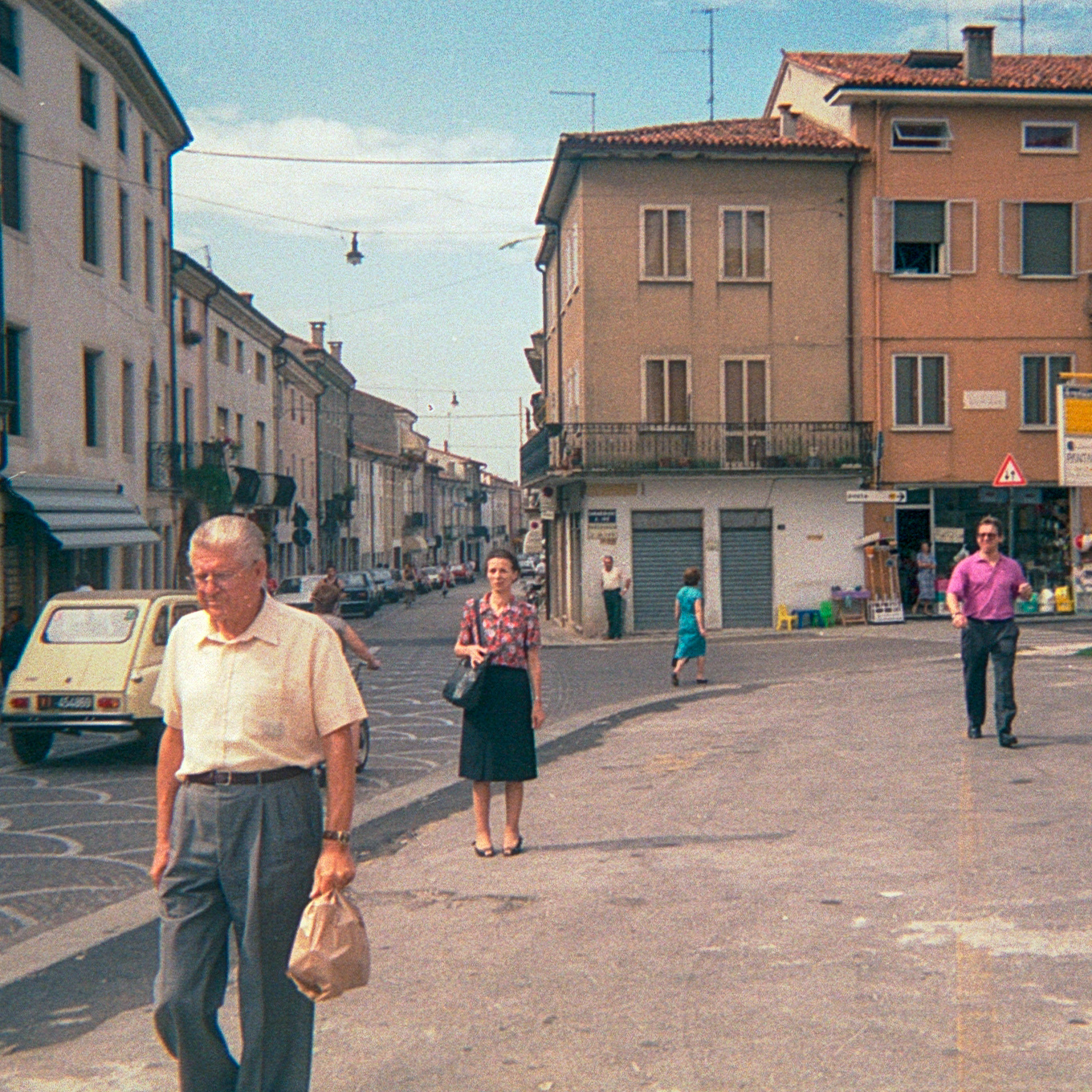Introduction
In the age of digital perfection, there’s something undeniably captivating about the imperfections and raw authenticity of found footage and old scanned negatives. These relics from the past hold a unique charm, offering glimpses into bygone eras and evoking a powerful sense of nostalgia. Whether you’re a seasoned photographer or simply a lover of vintage aesthetics, exploring found footage and old scanned negatives can be a deeply rewarding experience.


The Allure of Found Footage
Found footage refers to film or video material discovered in an unexpected place or obtained through unconventional means. Often, these clips are anonymous, fragmented, and incomplete, yet they tell compelling stories. The grainy textures, spontaneous moments, and occasional flaws give these pieces an authenticity that’s hard to replicate with modern technology.
Why Found Footage Resonates:
- Authenticity: Found footage captures life as it was, unfiltered and unpolished. The raw, unedited nature of these clips provides a genuine snapshot of history.
- Mystery: The lack of context and the fragmented nature of found footage create an air of mystery. Who were the people in these videos? What were their stories? The unknown elements invite viewers to imagine and interpret.
- Aesthetic Appeal: The visual qualities of found footage, such as film grain, light leaks, and color shifts, contribute to a nostalgic and often haunting aesthetic that modern digital media can’t quite mimic.
The Beauty of Old Scanned Negatives
Old scanned negatives are another treasure trove for those who appreciate vintage photography. These negatives, often stored away in forgotten boxes or attics, hold images that are waiting to be rediscovered and brought back to life through the process of scanning and digitizing.
Rediscovering Old Negatives:
- Historical Insight: Scanned negatives provide a window into the past, showcasing fashion, architecture, and everyday life from different periods. They are valuable resources for historians, researchers, and anyone interested in cultural heritage.
- Personal Connection: For many, scanning old negatives is a deeply personal journey. These images might be family portraits, vacation snapshots, or candid moments from long ago. Digitizing them preserves these memories for future generations.
- Artistic Potential: The process of scanning and editing old negatives can be an artistic endeavor. The unique characteristics of film, such as its dynamic range and tonal quality, offer creative possibilities that are different from digital photography.
Tips for Working with Found Footage and Old Negatives
- Handling with Care: Both found footage and old negatives are delicate. Handle them with clean hands and store them in a cool, dry place to prevent further deterioration.
- Digitizing: Use a high-quality scanner to digitize negatives. For found footage, consider using professional services to transfer film to digital formats.
- Restoration: Digital tools can help restore and enhance old images and footage. Adjust exposure, remove dust and scratches, and correct colors to bring out the best in these vintage treasures.
- Embrace Imperfections: The flaws and imperfections are part of the charm. Embrace the grain, the light leaks, and the occasional blur—they add to the authenticity and nostalgic appeal.
Conclusion
The exploration of found footage and old scanned negatives is like embarking on a treasure hunt through time. These artifacts not only offer a glimpse into the past but also evoke emotions and stories that transcend generations. Whether you’re preserving family memories or creating art from forgotten moments, the journey is as rewarding as the discoveries themselves. So, dust off those old boxes, fire up the scanner, and let the magic of the past unfold.
Call to Action: Have you discovered any old negatives or found footage? Share your stories and experiences in the comments below! Let’s celebrate the beauty and nostalgia of these vintage treasures together.
